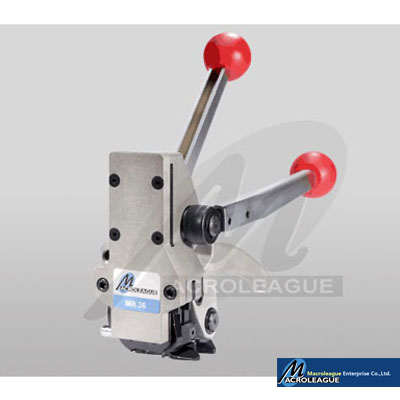

The sights are crude and consist of a leaf peep rear sight built into the receiver and a front sight made of orange polymer. The action has only one control, a safety catch behind the bolt.

It does not hurt that the Henry comes with two eight-shot magazines instead of the single seven-rounder shipping with the Marlin. The one big upside of the Henry is the ability of the AR-7’s parts to fit inside of the buttstock. Also, there are no extra tools included nor needed to assemble the piece when needed. The sights are dovetailed onto the barrel and feature a rear notch and an orange plastic front post protected by a hood. A crisp action, a bolt release, and a natural cross-bolt safety. The Marlin has the refinement of the famous Model 60. Marlin Papoose orange plastic front post protected by a hood. The Marlin rifle comes with sling studs while the Henry does not. The barrel is about as long as the AR-7 but it is all stainless and utilizes Marlin’s Micro-Groove rifling which should make it more accurate than the polymer shroud/ steel liner setup on the Henry. The gun is packed in a navy-colored soft case. Out of the box and assembled, the Marlin feels like a more substantial gun despite weighing as little as the AR-7. I went into this contest favoring the Marlin. Henry Repeating Arms Survival Rifle Specs: Capacity: 7 rounds standard, 25 rounds aftermarket.The AR-7 ships with two eight-round magazines. The bolt, telescoping charging handle, safety, and trigger are made of a black-finished carbon steel. The barrel is made with a steel sleeve and a polymer shroud. The barrel nut is screwed over exposed threads, like the Papoose and the rifle is ready to go. The receiver is fastened to the stock via a captive bolt in the pistol grip. There are no extras to come with this rifle. Their rifle has a composite stock where the guts of the rifle–the barrel, aluminum receiver, and up to three magazines may be stored. After an unsuccessful stint with quality issues under Charter Arms ownership, the rights to the AR-7 passed to Henry Repeating Arms about twenty years ago.

Eugene Stoner initially developed a similar rifle for the United States Air Force in the 1950s and soon marketed a semi-automatic 22 LR version to the civilian market. The Henry Survival Rifle is an updated version of the famed Armalite AR-7 and from now on I will refer to this rifle as an AR-7.
#Mr. prepper lever full#
The author holding the Marlin Papoose after a full day. Note: I did not use the spanner wrench for assembly but snug fit the barrel nut finger tight. The rifle packs disassembled in a soft, foam padded case with one seven-round magazine and a spanner wrench to tighten the barrel nut for assembly. Otherwise, the rifle has a matte aluminum receiver and stainless-steel appointments including the bolt, the magazine release, cross-bolt safety, sling studs, and the barrel. A Papoose you will find today will come with a fairly standard composite stock with sparse checkering at the pistol grip and on the butt. Marlin came out with their Model 70 PSS in the 1980s as a take-down magazine-fed version of the firm’s legendary Model 60–the most popular 22 rifle made. The Marlin Papoose and Henry Survival rifle broken down. So, in the end, the Ruger was off the list and I purchased both the Papoose and the Henry to see which one is better. These are obvious factors when loading out for a weekend adventure but even more important once you found in a prolonged ordeal.

Certainly, the 10/22 Takedown is better in many ways but it loses out to the other two rifles in size and weight. The Ruger 10/22 Takedown is a newer and perhaps stronger contender. The two most obvious choices are the Henry Survival Rifle and the Marlin Papoose–two well-established rifles by well-established American brands. So I got to asking myself that blanket question, what gun is better? 22 rifle will work, products designed for ease of packing are ideal. 22 rifle but the fact remains that people do. I don’t mean to turn this into a discussion of why one would select a.


 0 kommentar(er)
0 kommentar(er)
